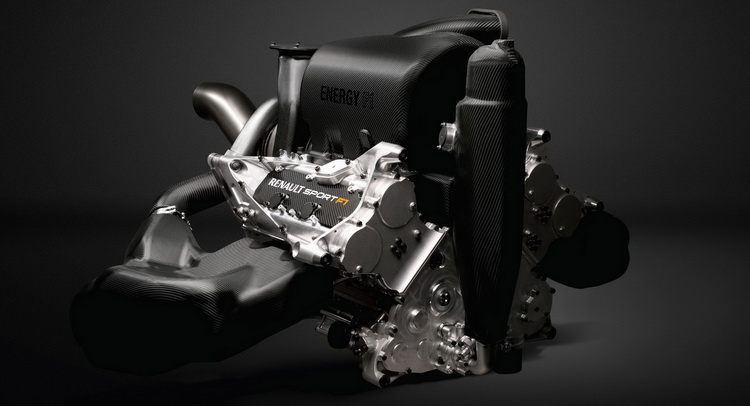Current Formula 1 cars have been deemed by many to be too easy to drive. Critics have pointed out the case of the young and relatively inexperienced driver like Max Verstappen.
The problem is that, requiring less skill and experience, makes more talented drivers less likely to stand out and, thus, hurt the sport itself. One way to change this is to increase the engine’s output considerably.
Earlier this month, the F1 engine chiefs met in Geneva to discuss pumping up the power from the current 750hp to 1000hp or even more. According to Autosport, the FIA did not rule out the Power Unit Working Group’s suggestion, even though such a dramatic change is unlikely to happen before 2017.
Some technical directors believe that the 1000 target can be achieved without a costly total redesign of today’s turbocharged V6 engines. A higher rev limit, an increase to the regulated fuel flow rate, little design tweaks and upping the fuel tank capacity beyond 100 liters would, most likely, do the job.
Three-time F1 world champion, and current Mercedes exec Niki Lauda, who has experienced the era of the high-power turbocharged engines, is in favor of this idea.
“It should have been 1200bhp, plus wider tires and aerodynamic characteristics, which deliver a steep power curve that becomes very critical at the limit”, he said. “Currently, F1 cars allow every other GP2 and F3 driver to be as quick as established drivers within a very short time and without taking much risk.”
The FIA has already introduced stricter rules for new drivers obtaining an F1 superlicence and is working with the teams to decide if an increase in downforce, bigger wheels and more aggressive designs should be implemented.









